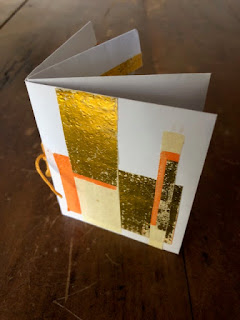French Australian author Catherine Rey launches her new novel in Feb 2018!
Catherine Rey was born near La Rochelle in France. At the age of 41 she
left her job as a schoolteacher and moved to Perth where the
grandparents who raised her had earlier lived for 20 years.
In 2005 she received a PhD from the University of Western
Australia for her dissertation on the adoption of French as a literary
language by the Eastern European writers Emil Cioran, Milan Kundera and
Andrei Makine. She has taught at the University of Western Australia and
Edith Cowan University and was a fellow at Western Sydney University in the Writers and Society Research Centre.
Rey's novels include include
L'ami intime,
Les jours heureux,
Eloge de l'oubli,
Lucy comme les chiens, and
Ce que racontait Jones, which was shortlisted for the Prix Femina and the Prix Renaudot, and published in Australia as
The Spruiker's Tale in 2005.
Une femme en marche, was published in Australia by Giramondo as
Stepping Out
in 2008.
Her first English language novel
The Lovers will be launched on Feb 27 at Potts Point Bookshop.
The Lovers is an arresting tale, a mystery with a slow burn
tension, which revolves around the disappearance of Lucie Bruyère. The
novel unveils the truth about her charismatic yet subtly controlling
partner, the world-famous artist Ernest Renfield. The suspenseful story,
both police investigation and multi-voiced Rashomon, ends in a dramatic
and powerful illumination.
Michelle de Kretser says: “I found
The Lovers utterly compelling. This impeccably
crafted novel told from multiple perspectives offers the page-turning
suspense of a mystery while resisting easy resolution. It is ultimately a
meditation on making art: the cost it exacts and the solace it brings.”
Here is my review:
Catherine Rey's gripping mystery unfolds in true Durassienne style. Like the novel and play
L'Amante Anglaise, written in the late sixties by the French writer Marguerite Duras, the action of
The Lovers hinges on an interrogation, only in this instance we never see or hear the interrogator voice.
After a party in a country house near Sydney, a French woman, Lucie Bruyère is missing. Over time as each character reveals themselves to the investigator Officer Lawson, the reader gets to play detective. But it's not just forensic evidence that is of interest in this case but potent themes of the hostile family, the migrant outsider, cultural landscapes, language, music, art, philosophy and more. So much so that clues to our own struggles and failings and the traps of our own lives are revealed.
The inspiration for the novel, Rey told me, comes from the Magritte painting The Lovers, which
represents two heads embracing, each covered with a white
shroud, and the question of who is behind the curtain.
Having lived in Australia for almost 20 years this is Rey's first novel to be written in English. To my mind the title
The Lovers, also tips its hat to Marguerite Duras' famous novel
The Lover reminding us of the rich French literary lineage Rey hails from and how fortunate we are to have an author of her calibre in our midst.
Read more about Catherine Rey's other work
here.













